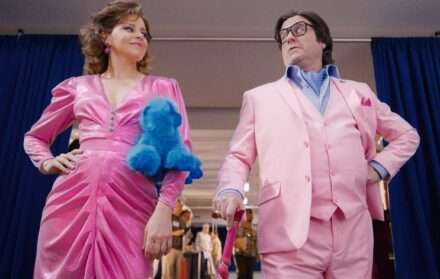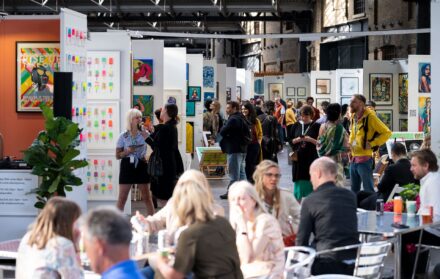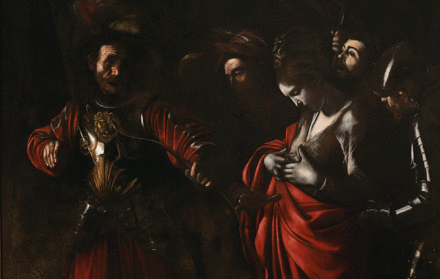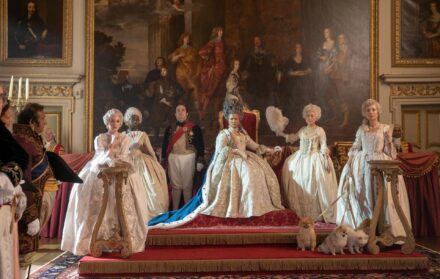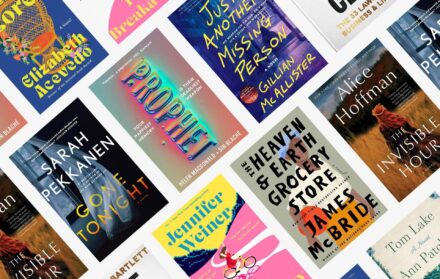From SW9 to 007: How Roger Moore became the most unlikely Bond
50 years since his Bond debut, and after a collection of his personal ephemera achieved more than £1.1 million at auction, a look at how a copper’s son from Stockwell became the world's most famous spy
Half a century ago, in a back room somewhere in the vast labyrinth of high-ceilinged rooms that constituted the then-Mayfair-based offices of Eon Productions, a roar rings out from behind a closed door. ‘No Roger! It’s got to be short back and sides – proper.’
A worried-looking barber leans over Roger Moore: a debonair, 44-year-old gentleman sat in front of a mirror. Silken brown hair, thick as a mattress, tumbles down his shoulders onto the carpet. The scissors continue to snap and click as Guy Hamilton, director of what would be the eighth episode of the most successful film franchise of all time, continues to encourage the hairdresser to chop away. It’s 1973, and Moore, a policeman’s son from Stockwell, is about to step into the shoes of fiction’s most famous spy.
In October 2023, a collection of Bond memorabilia and personal items owned by Sir Roger Moore was sold at auction at Bonhams London. Against an estimate of £415,300, the 224-lot achieved a total of £1,117,300, which says a lot about the enduring popularity of the late actor and philanthropist from South London (Moore’s family donated a percentage of the sale to UNICEF).
Moore made his debut as Bond in the Blaxploitation-influenced Live and Let Die, still considered one of the finest films in the 007 canon, with undoubtedly one of its greatest theme tunes; an orchestral explosion with an oddly wonderful reggae middle eight, composed and sung by Sir Paul McCartney.
Moore’s rise to becoming, along with Sean Connery, the joint record holder for Bond appearances (he would, appropriately enough, make seven 007 movies in total from 1973 to 1985) is one of the most unlikely big-screen trajectories in cinematic history; a tale that begins in the humble environs of 4 Aldebert Terrace, SW9.
Moore was born 14 October 1927, the only child of George Alfred Moore, a policeman based in Bow Street, and housewife Lillian Pope Moore. “My memories are all about food, taste and smell,” Moore later said of his childhood. “Thinking of smells, there was a foul odour when the wind came from Vauxhall, where there was a vinegar and pickle factory… The bathroom was shared with two other floors. It had one of those penny-in-the-slot geysers and it was tuppence to get a decent bath. But we had our own loo – luxury!”
After quitting school aged 15, Moore made a failed attempt at becoming an artist, before enrolling at the Royal Academy of Dramatic Art. Moore was then conscripted into the army, rising to become a captain of a unit based in West Germany following the end of the Second World War.
Moore’s stint in the army was followed by a series of unfulfilling jobs in the animation studios of Soho, from one of which he was fired. Moore’s introduction to film came when his father investigated a robbery at the home of film director Brian Desmond Hurst. The director would later hire Moore as an extra.
After a few dispiriting years in Hollywood, the road to big-screen immortality began looking unnavigable for Moore. Forced to model cardigans and toothpaste to make ends meet, saviour came when he was cast as Simon Templar – the suave, Robin Hood-style avenger in ITV’s hit drama The Saint, which ran from 1962 to 1969.
It was around this time that Roger Moore met Bond producers Albert ‘Cubby’ Broccoli and Harry Saltzman in the casinos of Curzon Street. It was a friendship that developed over games of blackjack and poker during breaks in filming for Roger’s next project – playing one half of the crime-fighting duo The Persuaders!, much of which was shot next to the Bond stages at Pinewood Studios.
As Moore later revealed, it didn’t take long for his between-takes gambling bouts to become a serious problem. “What stopped me was that a friend of mine ran a casino in London… I went in one night and he wouldn’t give me any credit because I was starting to chase my money, throwing good money after bad. I became a crazy man; sitting at the table beside these Americans, putting down over-the-odds money. I did two days of that, and then became so bored because I wasn’t genuinely winning or losing. That cured me.”
Much has been made of the fact that Moore was always Bond author Ian Fleming’s first choice to play 007. That story has been mostly debunked, however. Given Moore’s obscurity as an actor when Sean Connery was cast as the first Bond in 1962, it seems unlikely that Fleming would have even heard of him. The Saint hadn’t even debuted on British television.
“They said I was Ian Fleming’s first choice,” said Moore. “But Ian Fleming didn’t know me from s**t. He wanted Cary Grant or David Niven.” Indeed, even a decade later, when Connery announced he would make no further Bonds after 1971’s Diamonds Are Forever, it was Clint Eastwood that Eon Productions approached to replace the smooth-talking Scot. “That’s Sean’s deal,” Eastwood said in a later interview. “It didn’t seem right for me to be doing it.”
After Eastwood turned down a $4 million deal, Eon pondered other leading American actors, reportedly to include Paul Newman, Steve McQueen and Burt Reynolds. Yet Moore’s time was about to come.
Aware that the 007 role was up for grabs, Moore shrewdly turned down the contract to make another series of The Persuaders!, hoping that Saltzman, who was both his gambling buddy and neighbour, would be able to assure Cubby that he was the right man for the job. It was one gamble that did pay off.
“Cubby and I have decided we want to go with you as the next James Bond,” Saltzman put it simply, when the call did eventually come. Yet the deal came laced with conditions. ‘Roger was ecstatic, until Harry kept phoning with Cubby’s notes,’ wrote film author, Tony Crawley, who has compiled a list of the roles turned down, or nearly turned, by actors.
Receiving a three-picture deal worth $1 million, those conditions, red inked by Broccoli, included that Moore must get his hair cut (it would take three trims before director Guy Hamilton was convinced it was short enough to play Bond) and that he must lose weight.
A gruelling fitness regime saw Roger Moore loose 17lbs, though not without a significant amount of pushback from the secret agent in waiting. “Why didn’t you just cast a fit, thin, bald fellow in the first place and avoid putting me through all this hell?” Moore yelled in one of a series of irate phone calls with Cubby and Hamilton about his looks and build.
Yet, when filming in Jamaica and Pinewood was complete, the new Bond was an instant hit upon its July premiere. Time magazine raved about the speedboat chase, the ability of Moore to convincingly walk on top of alligators, and his ability, with the slyest of winks, to bring an element of humour to a role that Connery had played, for the most part, completely straight.
“My attitude is that he’s sort of a ridiculous hero,” Moore would later say. “I mean, heroes to me are ridiculous – so I have to play them tongue in cheek.” Despite having to be talked into giving Moore the role, Broccoli came to be one of his biggest fans. “What Roger has done with the part is sheer guts,” he would tell reporters.
The name was Bond. James Bond. Roger Moore would be the oldest actor to take on the part, assuming the role aged 45, but as he became increasingly comfortable playing the pop-culture icon over the next decade-and-a-half, the smell of a pickle factory in SW9 must have quickly felt like a distant memory.

